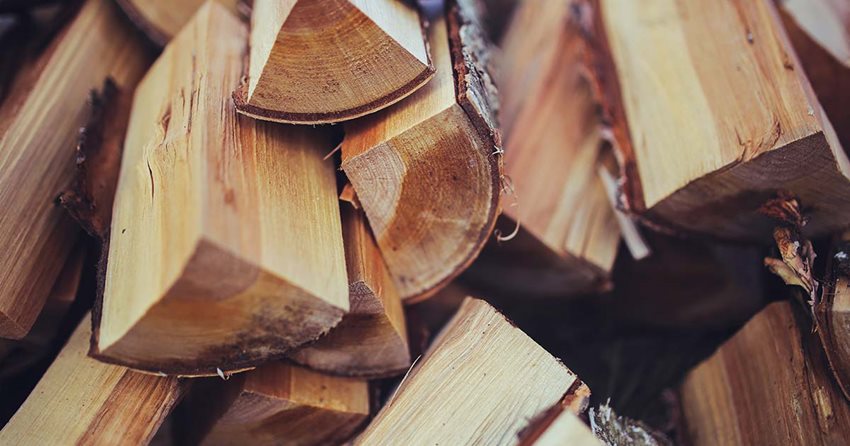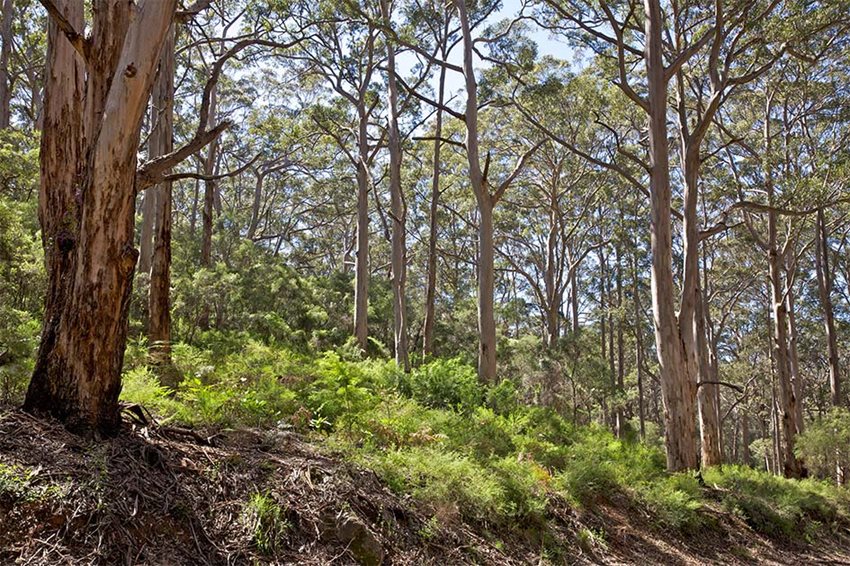As the weather gets cooler, we start to think more and more about our heating source for the winter. If you love wood heat there are some important factors to consider when choosing wood to fuel your fire.

Selecting wood isn’t as simple as going down to your local wood supplier and picking up whatever is cheapest and chucking it on to see what happens. The type of firewood you choose will have a huge impact on your fireplace’s performance, life span, and most importantly: safety. If you use our guide to choosing the best wood for your fireplace you’ll be sitting back and enjoying in no time.
Properties of Firewood
Wood is a natural substance, which means it is vulnerable to variations caused by its environment. Species type, age and weather conditions all factor into the heating performance of your firewood.
Hardwood vs Softwood
The two main types of wood available are hard wood and soft wood. These terms refer to the amount of water cells in the wood, not the hardness of the wood itself. The majority of softwoods burn faster than high-density hardwoods, and they have taller and hotter flames. But, hardwoods give off more heat because they burn slower and more steadily, providing warmth for longer.

Available Heat (calorific value of wood)
The measure of heat given off when wood is burnt is known as the ‘available heat’ and it is measured in kilojoules per gram of wood. A piece of hardwood gives off more energy than a piece of softwood because it is denser. However, it should be noted that the oils in some softwoods can increase the heat output of some species, albeit only for a short amount of time.
Moisture Content
A freshly cut tree is a little bit like a sponge soaked in water; before the wood can be used for a fire it needs to be completely dried out or seasoned. Igniting green firewood can be difficult and once it’s burning it only gives off about 40% of the energy of dry firewood. Ideally, firewood should be dried to 10% to 20% moisture content for best performance. You can measure the moisture content of wood by using a wood moisture meter.
To get the best performance out of your firewood it should be cut, split and stacked in a dry, well ventilated area for six-twelve months before you use it.
PRO TIP: Don’t assume when you purchase wood that is has been properly seasoned. If you’re unsure, ask the seller how long the wood has been seasoned for or check for yourself with a moisture meter.
Ignition
Ignition is an indication of how easy a piece of firewood will be to light. Low density wood is easier to light than denser wood. Woods with higher levels of unstable molecules in their structure, such as conifers, ignite and burn more readily than those with less volatile chemicals. The drier the wood the easier it is to light!
What is the best firewood?
This highly depends on what wood is available in your area. The best wood to use differs from state to state depending on what is readily available. In Western Australia, Jarrah and Wandoo are considered the best. In Tasmania, Brown Peppermint is considered best. In South Australia, Victoria and Southern NSW it is generally River Red Gum. In Queensland, Ironbark and Box are preferred.
Finally, ensure you load and light your fire correctly; this video from the Australian Home Heating Association gives you a step-by-step guide to a stacking and lighting your fire.
Recommended For You
Picking the Perfect Fireplace for your Home
Top tips for servicing your fireplace
Find a Fireplace store